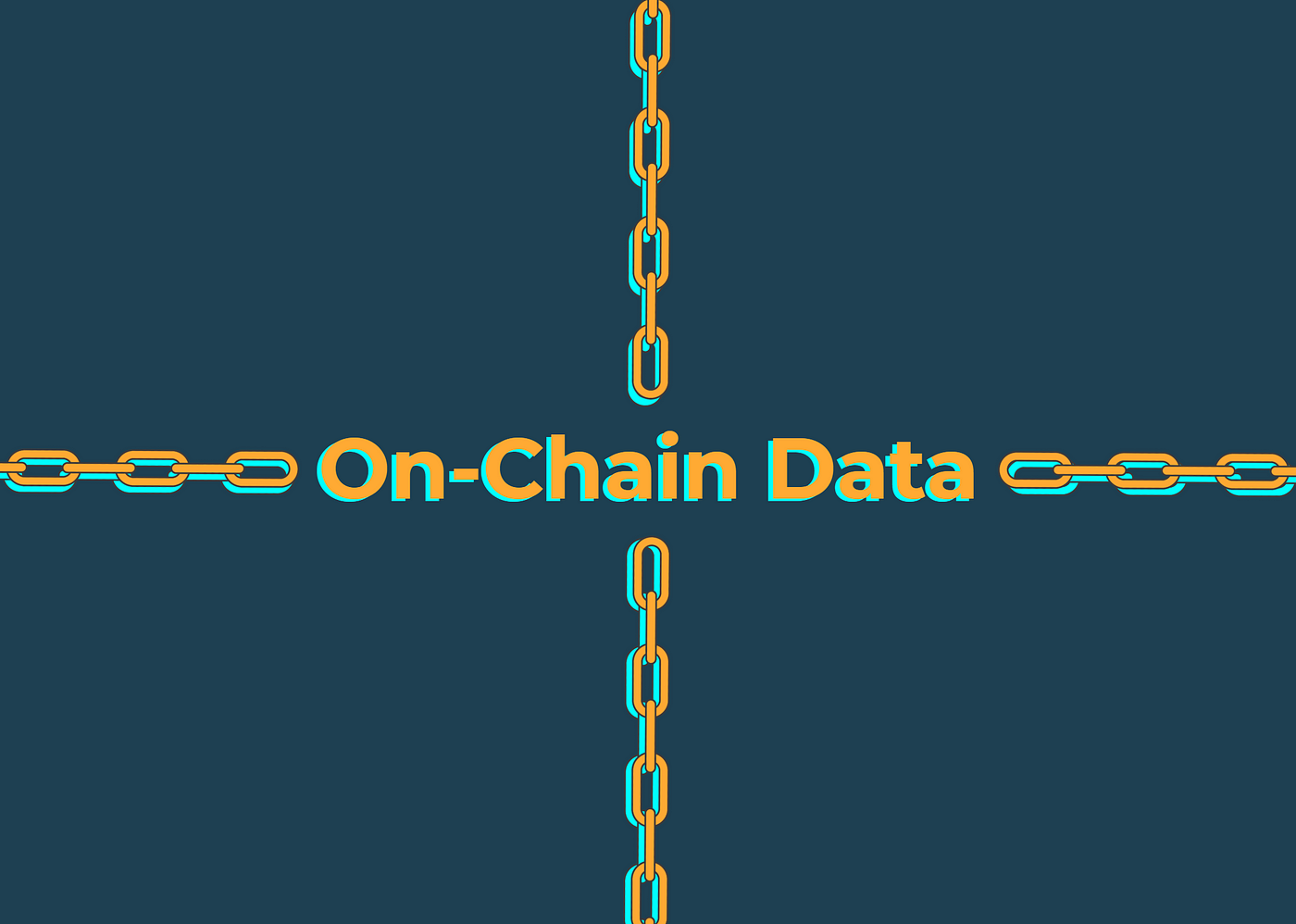On-chain data is data that is generated from the blockchain. It includes information such as transaction volume, transaction fees, and the movement of coins between wallets. on-chain data can make you a better trader can be used to track the activity of users on the blockchain and to identify trends.
On-chain data can be used by traders to make better trading decisions. For example, traders can use on-chain data to identify large buy or sell orders, to track the movement of coins between exchanges, and to identify whales who are accumulating or distributing coins.
How to use on-chain data
There are a number of ways to use on-chain data to improve your trading. Here are a few examples:
- Identify large buy or sell orders: On-chain data can be used to identify large buy or sell orders. This information can be used to gauge the sentiment of the market and to make more informed trading decisions.
- Track the movement of coins between exchanges: On-chain data can be used to track the movement of coins between exchanges. This information can be used to identify exchanges that are experiencing high inflows or outflows of coins.
- Identify whales who are accumulating or distributing coins: On-chain data can be used to identify whales who are accumulating or distributing coins. This information can be used to follow the whales and to make more informed trading decisions.
Benefits of using on-chain data
There are a number of benefits to using on-chain data:
- Better decision making: On-chain data can help traders to make better trading decisions by providing them with more information about the market.
- Increased profitability: On-chain data can help traders to increase their profitability by identifying trading opportunities that they would not otherwise be able to see.
- Reduced risk: On-chain data can help traders to reduce their risk by helping them to identify potential pitfalls.
Challenges of using on-chain data
There are a few challenges to using on-chain data:
- Complexity: On-chain data can be complex to analyze. Traders need to have a good understanding of the blockchain and the different metrics that are available.
- Interpretation: On-chain data is not always easy to interpret. Traders need to be able to identify the relevant data and to understand what it means.
- Noise: There is a lot of noise in on-chain data. Traders need to be able to filter out the noise and to identify the most important signals.
On-chain data can be a valuable tool for traders. By using on-chain data, traders can make better trading decisions, increase their profitability, and reduce their risk.
However, it is important to note that on-chain data is not a silver bullet. Traders need to have a good understanding of the blockchain and how to interpret on-chain data in order to use it effectively.
Additional tips for using on-chain data
- Use multiple data sources: Don’t rely on a single on-chain data source. Use multiple sources to get a more complete picture of the market.
- Correlate on-chain data with other data sources: Correlate on-chain data with other data sources, such as price data and news, to get a better understanding of the market.
- Backtest your strategies: Before using any on-chain data-based trading strategies, backtest them on historical data to see how they would have performed.
If you are interested in using on-chain data to improve your trading, there are a number of resources available to help you get started. There are a number of websites and blogs that provide on-chain data analysis, and there are also a number of books and courses that teach you how to use on-chain data for trading.




